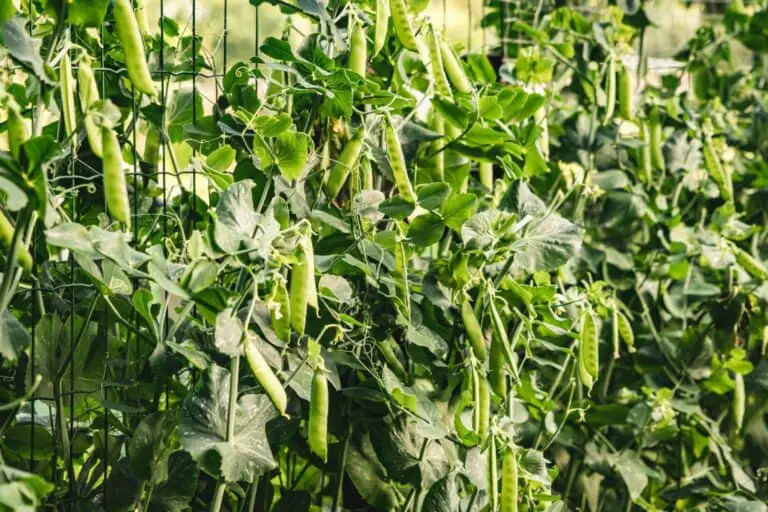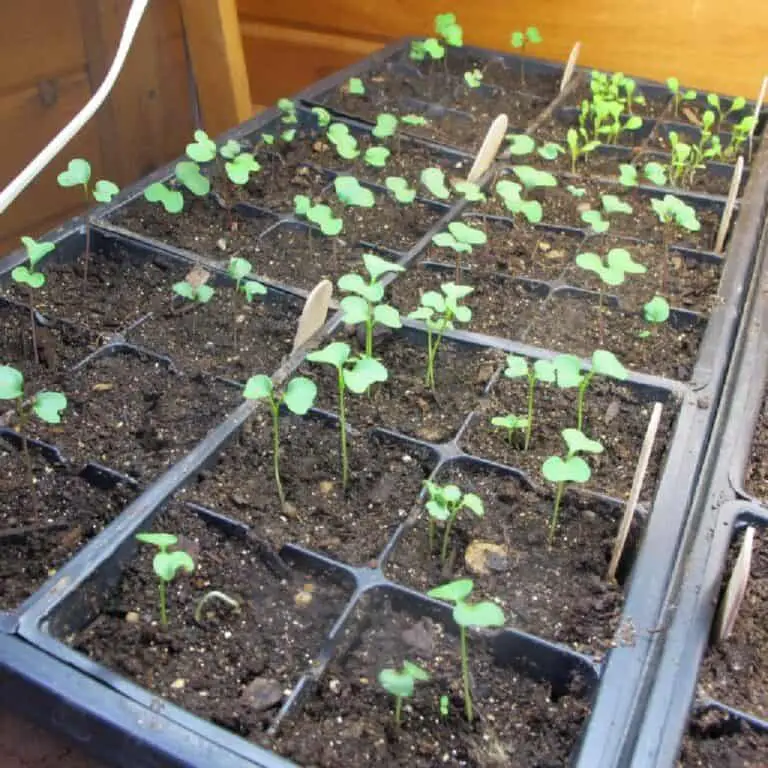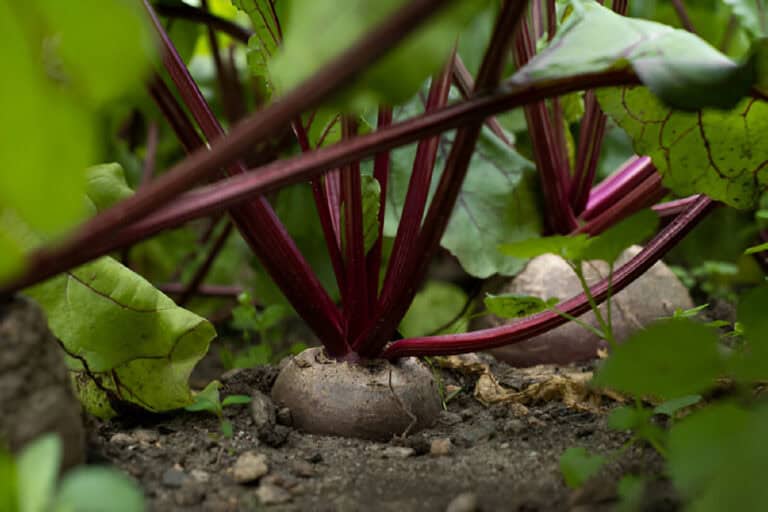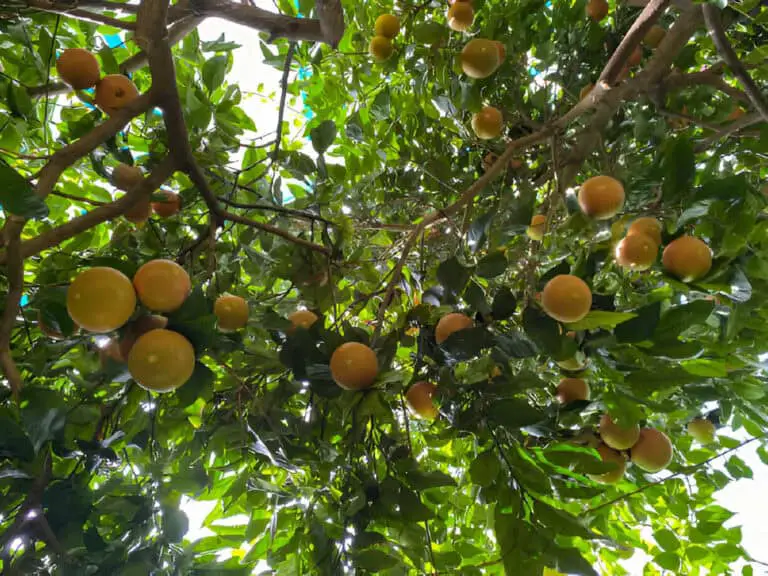10 Reasons Why We Should Cut Down Trees (Here’s The Truth)
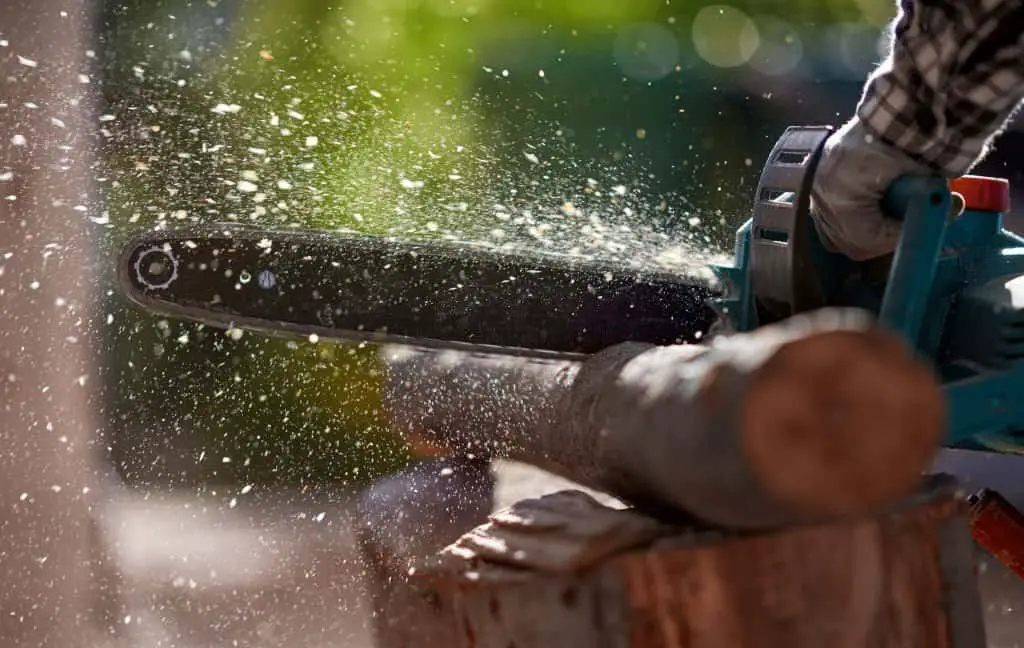
Wood from trees is one of the most versatile and widely used materials on earth. It has been used for centuries to build homes, make furniture, create art, and heat homes. Today, wood is still an essential part of our lives and is used in a variety of ways.
Most people don’t realize how much wood they consume on a daily basis. Wood is used to make paper, which we use for writing, printing, and packaging. It’s also used to create many of the chemicals we use in our everyday lives, such as aspirin and shampoo. Wood is even found in some of the foods we eat, like mushrooms and truffles.
Clothing is another way we use wood every day. Many fabrics are made from wood pulp, including rayon, acetate, and spandex. Even leather is made using wood products.
Trees are good for shade and form an attractive exterior for many homes. They also bring life to streets and institutions that would be quite dull if they had no vegetation. The environmental benefits of trees are plentiful.
Nonetheless, trees have inherent dangers or may be obstacles to new building development, or simply have to be removed due to the change in usage status of a piece of land.
Why Trees are Good for Environment
There are many reasons why trees are good for the environment. Trees help to improve air quality by absorbing pollutants and producing oxygen. They also help to regulate the climate by cooling the air in hot weather and providing shelter from the wind in cold weather. In addition, trees help to conserve water by reducing runoff and evapotranspiration.
Trees also provide habitat for many wildlife species and help to prevent soil erosion. They can also be used as a source of renewable energy. Wood from trees can be used for fuel, while their leaves can be used as mulch or compost.
Trees play an important role in our environment, and we should do everything we can to protect them.
Cutting Trees Could Solve Many Problems
A new study has found that cutting down trees could actually help solve many of the world’s problems, including climate change, water shortages, and even poverty.
The study, conducted by a team of international researchers, found that “deforestation could play a significant role in solving some of the world’s most pressing problems.”
Specifically, the study found that cutting down trees could help reduce greenhouse gas emissions, improve water security, and create jobs and economic opportunities in developing countries.
The researchers say that their findings “support the idea that there are win-win solutions to environmental problems.”
So what does this all mean? Basically, the study shows that cutting down trees is not always bad—in fact, it can sometimes be a good thing.
Reasons Why We Should Cut Down Trees
As the world’s population continues to grow, the demand for wood products increases. This puts a strain on our forests, which are vital to our planet’s health.
Here are 10 reasons why we should consider cutting down trees:
1. Reduce Risk of Falling Tree
Did you know that by cutting down trees, we can actually reduce the risk of falling trees? It may sound counterintuitive, but it’s true! Here’s why:
Trees are constantly growing and changing. As they grow, their roots loosen and their branches become heavier. This can make them top-heavy and more likely to fall over. By cutting them down, we can prevent them from becoming a hazard.
Trees can grow very big and pose the danger of falling on houses or roads. This can cause accidents on roads or in houses. It should be avoided at all costs. If trees are growing beyond what would qualify as their jurisdiction, they should be cut down.
2. Need of Space for Building
Sometimes, cutting a tree is easy, but if you want to construct a building, you must also get rid of the root of the tree. The roots do not stop growing and are a danger source for houses because they destabilize foundations.
Soon, walls begin to crack, and when not attended to, the house may cave in. If they are perimeter walls, their collapsing is a security threat that must be fixed immediately.
3. To Make Room for Agriculural Spaces
In many cases, trees are cut down in order to create more space for agricultural purposes. This can be due to a variety of reasons, such as needing more room to grow crops or wanting to create pasture for livestock.
While there are some advantages to this practice, there are also several disadvantages that should be considered.
One of the biggest reasons why cutting down trees for agricultural purposes is detrimental is that it results in deforestation. This not only has a negative impact on the environment but also on the animals that live in these areas.
Deforestation can cause soil erosion, which can lead to a loss of nutrients and an increase in sedimentation in rivers and streams. This can ultimately have a negative effect on water quality and quantity. In addition, deforestation can also contribute to climate change by reducing the amount of carbon dioxide that is absorbed by trees and other vegetation.
4.Remove Fire Catalysts
Trees create microclimate conditions because of their leaves and branches. The whole tree canopy acts like a hand fan and causes winds to blow faster when the tree sways violently.
On the other hand, it also acts as a windbreaker, reducing the speed of very strong winds. In areas prone to fires, like much of Australia, trees are very dangerous in summer because they dry out and become good fire targets.
To reduce the spread of forest fires to neighborhoods, it is important to reduce the canopy of trees by pruning them. There are trees that drop their leaves in the fall, otherwise referred to as angiosperms; the others do not and they are referred to as gymnosperms.
By thinning out an overgrown forest, you can help to prevent catastrophic fires from happening. This is because there will be less fuel for the fire to consume and it will be easier for firefighters to access the area.
Another reason for cutting down trees is that they can attract lightning. Lightning strikes are one of the leading causes of tree fires. By removing trees, we can help to prevent these devastating fires from happening.
5. Getting an Aesthetically Appealing Look
Some homes have fruit trees in their front or backyards. The owners would like a good fruit yield but do not know how to take care of their trees. Moreover, the costs associated with fruit tree care make the most economic sense if one is taking care of an orchard. For many homeowners, trees remain in their natural state without care.
However, this also poses health threats to other vegetation. The tree hosts pests and diseases that affect other vegetation, such as lawns. Pests preying on leaves and barks of the tree cause diseases to the tree and make it lose its appeal.
A tree lacking adequate nitrification will also lose its natural appeal. For example, a lack of nitrogen will lead to yellowing of leaves and poor fruit yield. Lack of potassium will lead to the development of purple spots on leaves.
When the trees are no longer productive or they lose their natural appeal, owners may decide to get rid of them. In such cases, they must find an adequate service to deal with the tree removal, as most owners do not own equipment to take down a tree.
Even for pruning services, one can do it as a do-it-yourself project, but even then, they need the right information for dealing with trees.
6. Complying With the Laws
Getting rid of trees or having to manage them can also arise out of a city service decree. Your city can come up with laws or change existing laws about the environment that affect trees in your yard or your neighbourhood.
Trees take up water from the ground for their growth. If they are in a water source area, like a highland, there might be a need to regulate how much water goes to the trees and what flows to reservoirs.
The administration or environmental regulation will, in this case, order the removal of certain species that are known for their water hungry needs. Thus, if you have such a species in your compound, you will have to cut it. Such trees include fast growing species of eucalyptus.
Regulation could also arise when there is an outbreak of a plant disease or pest and the cutting of trees would reduce the spread. This may happen in areas prone to locusts, which spread by eating vegetation.
Bees can also be a reason to cut trees. When neighbors show concern about a hive on your tree, they could get the city to order you to cut down the tree.
7. Improves Forest Restoration
A new study published in the journal Science provides evidence that thinning forests can actually improve forest restoration.
The study, conducted by an international team of researchers, found that thinning trees can help to promote the growth of new trees and improve the overall health of the forest.
Another reason for cutting down trees is to improve the health of the forest ecosystem. When trees are removed, it allows for more sunlight to reach the ground, which encourages new growth. This new growth is often healthier and more resilient to disease and pests.
8. Encourages Environmental Diversity
A forest that is diversified is a healthy forest. Multiple species of plants and animals can flourish in the same location. Diversity in a forest permits other plant species, such as blueberries, mushrooms, fruits, and nuts, to grow.
Clear-cutting is not the same as getting rid of trees. Consult a tree removal service in your area to help you maintain your forest and remove any hazardous trees. In addition to providing access to wood and other commodities, removing a few trees encourages biodiversity in your local area.
Some animal species may lose their habitats if trees are not removed. There are a variety of habitats in forests, and certain creatures can only flourish in a young forest setting. The greatest strategy to provide a healthy environment for these types of animals may be to remove specific trees and manage the forest.
9. Provides Renewable Resources
Trees provide many benefits to the environment. They help to keep the air clean and they provide homes for many animals. However, trees also use up a lot of resources, such as water and sunlight. This is why we should cut down trees, so that we can provide renewable resources for the future.
Cutting down trees may seem like a bad idea, but it can actually be good for the environment. Trees use a lot of resources, such as water and sunlight. When we cut them down, we can use those resources for other things, such as solar panels and wind turbines.
Harvesting with care differs greatly from traditional logging operations. In the past, large numbers of trees were cut down with minimal or no concern for the natural ecosystem that they were a part of. Efficient collection of this vital natural resource is simply one benefit of contemporary tree removal and responsible logging procedures, which also serve to enhance the forest ecosystem.
10. Prevents the Spread of Diseases and Infestations
Trees provide an important role in our environment, but they also can harbor diseases and pests that can spread to other plants and trees. By carefully cutting down trees, we can help prevent the spread of these diseases and infestations.
There are many reasons why we should cut down trees. One reason is to prevent the spread of diseases and pests. Trees can harbor diseases and pests that can spread to other plants and trees. By carefully cutting down trees, we can help prevent the spread of these diseases and infestations.
Keypoints on 10 Reasons Why We Should Cut Down Trees
As the world’s population continues to grow, the demand for wood products increases. This puts a strain on our forests, which are vital to our planet’s health.
There are many reasons why we should cut down trees. Trees provide us with oxygen, help to regulate the climate, and provide homes for many animals. However, trees also use up a lot of water and can be a fire hazard. In some cases, it is necessary to cut down trees to protect people and property.
There are many reasons why we should cut down trees. Trees provide us with oxygen, help to regulate the climate, and provide homes for many animals. However, trees also use up a lot of water and can be a fire hazard. In some cases, it is necessary to cut down trees to protect people and property.


